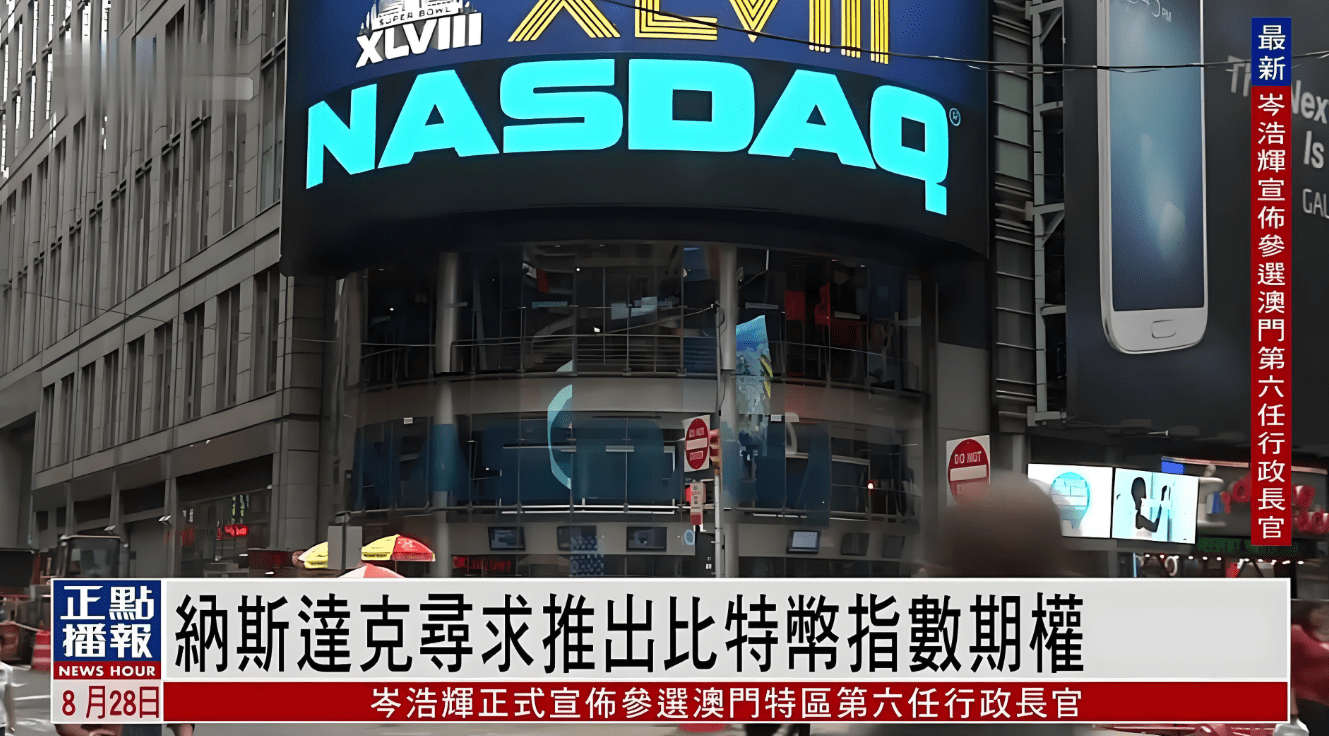An obscure digital health company is leveraging Wall Street's financing tools to pry open the Bitcoin market, while the mining tycoons of the crypto world have long laid down their nets.
Early this morning, a message exploded simultaneously on Wall Street and in the crypto circle: NASDAQ-listed company Profusa announced a $100 million equity credit agreement with investment institution Ascent. The core terms directly shook the veteran investors' pupils—net financing proceeds will be used entirely to buy Bitcoin!
What's even tougher is that the agreement has a hidden 'Bitcoin priority' clause: as long as the company's cash balance is above $5 million, the funds raised from selling shares will go straight to Bitcoin; even if cash is below $5 million, the remaining funds after filling the gap must also allocate Bitcoin as a core reserve asset.

The 'tricky moves' of traditional enterprises, Wall Street's financing techniques invade the crypto circle.
Profusa's recent operation can be described as 'using Wall Street's hen to lay Bitcoin's eggs.' How exactly does this work? In simple terms: the company has the right to sell its stock to Ascent in batches, with a maximum of $5 million per sale.
The stock price is discounted by 3% based on the lowest average price within 5 days after the sale, avoiding a one-time crash while locking in low-priced chips. Upon close inspection of this design, you'll find that Profusa is playing a game of chess.
Exchanging equity for bullets, then using the bullets to buy Bitcoin. This not only preserves the safety line of cash flow but also quietly rewrites the balance sheet to 'Bitcoin standard'.
Traditional companies use equity financing tools to directly inject Bitcoin; this operation is even more aggressive than when Musk bought BTC years ago! What does it mean when publicly listed companies start treating Bitcoin as a 'core reserve asset'? Wall Street's compliant funding channels are opening up to cryptocurrencies.
Mining giants take action in advance, the computing power war hides secrets.
At the same time that Profusa announced its Bitcoin buying plan, the decentralized Bitcoin computing power protocol Prosper suddenly broke major news: it swept 7,000 ASIC mining machines from Bitmain, with computing power soaring to 500 petahash.
Even more shocking is their goal: to break through 10 EH/s in computing power by the end of 2025, directly challenging publicly listed mining companies.

These mining machines are not just for show. Since November alone, more than 2 bitcoins have been distributed to PROS token holders, and partners have injected over 200 bitcoins into the DAO treasury. While traditional companies are still buying coins, the old hands in the mining circle are already setting the stage.
Transforming physical world computing power into on-chain RWA assets, allowing each PROS token to correspond to real mining capability. Mining machines are money printers, and tokens are equity.
Bitmain, Metalpha, and Waterdrip Capital collectively bet on Prosper's strategic financing. Capital votes with real money: the underlying power of the Bitcoin ecosystem is shifting.
A shocking grand plan with a dual-line layout, retail investors have a chance here.
On the surface, Profusa's Bitcoin buying and Prosper's mining are two parallel lines, but in reality, they are secretly connected.
When companies like Profusa make large purchases of Bitcoin, spot liquidity will continue to be drained. The stronger the computing power controlled by Prosper, the more the discourse power of new Bitcoin production will tilt towards the community.
One uses financial instruments to acquire existing Bitcoin, while the other controls new Bitcoin with mining machines. The convergence of traditional capital and crypto natives is rewriting the rules of the game.

Even more terrifying is Prosper's 'flywheel model': mining machines mine BTC → part of the BTC is distributed to token holders → the DAO treasury accumulates BTC → use BTC assets to expand the ecosystem → feed back into computing power expansion.
Once this cycle starts, the production, accumulation, and application of Bitcoin will form a closed loop, leaving retail investors with little time to 'get on board'.
When NASDAQ companies start using equity financing to buy Bitcoin, and mining giants turn computing power into on-chain RWA assets, a 'supply-side revolution' targeting Bitcoin has quietly begun.
Traditional capital is flooding in through compliant channels, while the 'mining rights' of the crypto world are being tokenized and divided. The core asset channels left for ordinary investors may only have the last time window.
Do you know which track to ambush now? Focus on convergence, the next article reveals the three treasure maps of the 'Bitcoin Ecological Wealth Chain'.